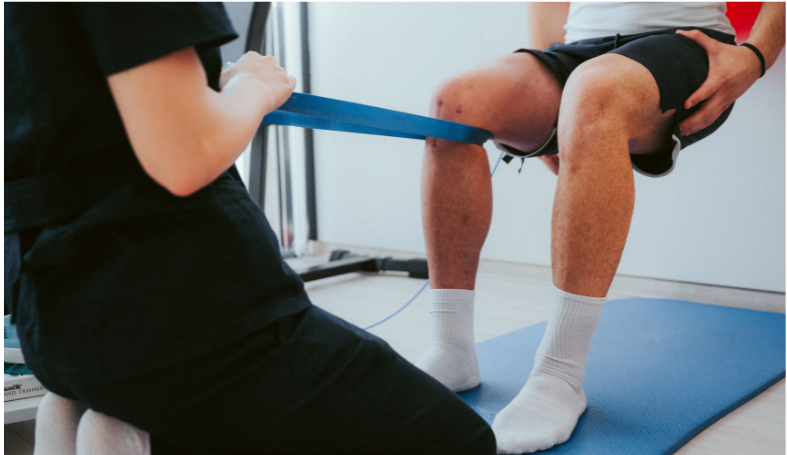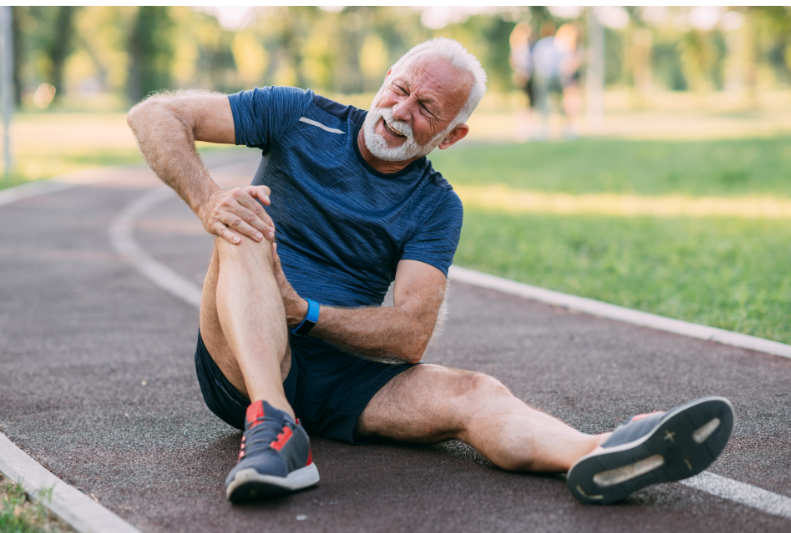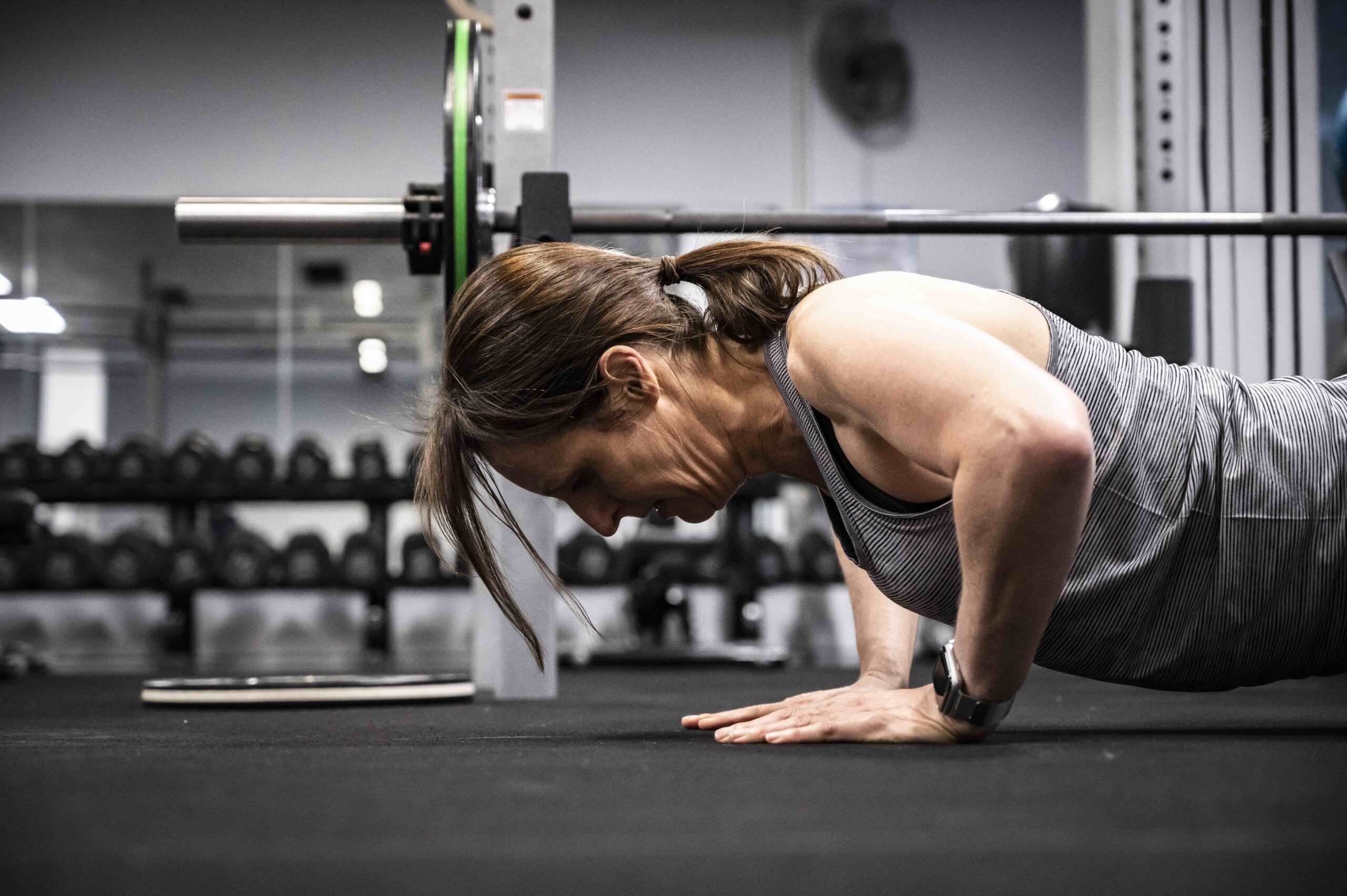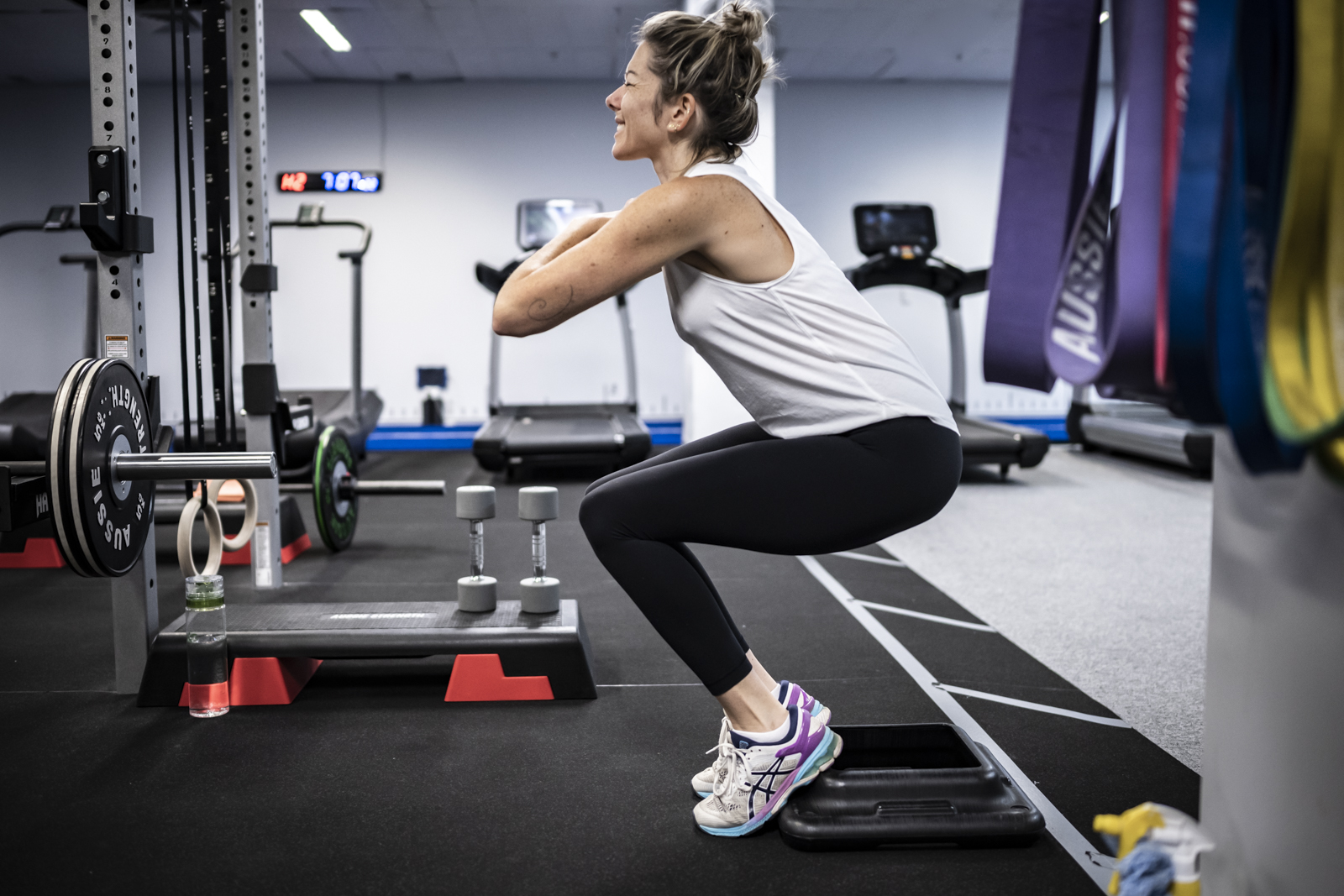Living in a sports-loving nation like Australia, it’s no surprise that many individuals, both athletes and non-athletes, turn to sports as a means of recovery after surgery. However, successful rehabilitation requires a proactive and preventative approach, taking into account primary, secondary, and tertiary prevention strategies. It is crucial to ensure athletes build up their workloads safely to reduce the risk of subsequent injuries. To achieve the best outcomes, an interdisciplinary approach is often necessary, where practitioners share the responsibility for injury management and safe return to all activities. In this blog we explore physio rehab for ACL injuries and how the team at Healthfix can help you achieve your goals.
The Challenge of ACL Rehabilitation
Return to play after ACL reconstruction can be a challenging journey, with reported success rates as low as 65% for athletes, even with access to 24/7 care within professional organisations. The key to better rehabilitation outcomes lies in a structured and progressive postoperative rehabilitation program, combined with clear goal-setting, repeated testing, and patient education. Unfortunately, the high cost of frequent care can serve as a significant barrier to achieving these desired outcomes when using standard care physiotherapy clinics.
Fixed-Fee Rehab Programs: The Solution
At Healthfix, we have recognised the need for athletes and non-athletes to receive the same level of care as professionals during their rehabilitation journey. To address the cost barrier and provide comprehensive support, we have developed fixed-price rehabilitation programs conducted in our state-of-the-art high-performance facility. Our programs are led by Titled Sport and Exercise Physiotherapists, Caitlan and Sean, with Sean also serving as the NSW Institute of Sport’s Performance Health Manager. At Healthfix, we aim to replicate the high-performance environment, equipped with a highly skilled integrated team and top-of-the-line gym facilities, to ensure optimal results and positive outcomes for our clients.
Importance of High-Frequency Therapy
Research has shown that high-frequency therapy is critical for achieving optimal outcomes in ACL rehabilitation. For example, a study by Ekstrand (2011) revealed that 94% of athletes could return to their previous level of sport when provided with daily therapy, similar to what professionals receive. At Healthfix, we understand the significance of high-frequency therapy, and our fixed-fee program ensures clients have access to the services they need without financial constraints.
Comprehensive Rehabilitation for Long-Term Success
ACL reconstruction is just one example of the long-term rehabilitation process that includes joint replacements, ankle reconstructions, knee reconstructive surgeries, and shoulder reconstructions. Each patient’s journey may require different therapies at varying intensities and frequencies. By offering a fixed-fee program that provides access to a range of services, we ensure comprehensive rehabilitation that reduces the failure rates associated with joint instability and promotes overall well-being.
Creating Motivation through Education, Goal-Setting, and Testing
At Healthfix, we understand that motivation plays a crucial role in successful rehabilitation.
If you’re currently dealing with an injury, we understand that staying motivated throughout the rehabilitation process can be challenging. However, we have seen remarkable results when motivation is created and maintained through three key factors:
- Quality patient education: We believe in the power of knowledge. By providing you with in-depth information about your condition, the rehabilitation process, and the importance of your active participation, we aim to empower you to take control of your recovery journey. Understanding the ‘why’ behind each step can greatly enhance your motivation to commit to the rehabilitation program.
- Goal-setting: Setting clear and realistic goals is essential for keeping your motivation levels high. We will work closely with you to establish personalised goals that align with your needs and aspirations. These goals will serve as a driving force, giving you a sense of purpose and direction as you navigate your rehabilitation journey.
- Repeated functional testing: Regular functional testing is a valuable tool in your rehabilitation process. Through objective assessments and feedback, we can help you understand your current abilities and track your progress over time. This feedback will not only provide you with a realistic view of your improvements but also serve as a motivational tool, encouraging you to continue pushing yourself and surpassing your own expectations.
By providing thorough education on the rehabilitation process, setting achievable goals, and regularly assessing progress through functional testing, we keep our clients motivated and engaged throughout their recovery journey.
Conclusion
Recovering from an ACL injury requires a proactive and comprehensive approach to rehabilitation.
We firmly believe that a structured and highly progressive preoperative and postoperative rehabilitation program can lead to better outcomes. When combined with clear goal-setting, repeated testing, and thorough education, this approach creates an environment that nurtures your motivation and encourages you to actively engage in your recovery.
Fixed-fee physio rehab programs, such as the ones offered at Healthfix, provide the solution to the cost barrier, ensuring that athletes and non-athletes receive the same level of care as professionals. With a highly skilled multidisciplinary team and a top-notch facility, we are dedicated to helping our clients achieve optimal outcomes and safely return to their desired level of activity. Don’t let cost limit your recovery—choose Healthfix and embark on a journey towards successful rehabilitation.
If you’re ready to embark on a journey toward rehabilitation and regaining your physical well-being, we’re here to support you every step of the way. Together, we can overcome the challenges and achieve your desired outcomes.
References
- Wollin, M., Thorborg, K., Drew, M., & Pizzari, T. (2020). A novel hamstring strain injury prevention system: post-match strength testing for secondary prevention in football. British journal of sports medicine, 54(9), 498-499.
- Blanch, P., & Gabbett, T. J. (2016). Has the athlete trained enough to return to play safely? The acute: chronic workload ratio permits clinicians to quantify a player’s risk of subsequent injury. British journal of sports medicine, 50(8), 471-475.
- Toohey, L. A., Drew, M. K., Fortington, L. V., Finch, C. F., & Cook, J. L. (2018). An updated subsequent injury categorisation model (SIC-2.0): data-driven categorisation of subsequent injuries in sport. Sports Medicine, 48, 2199-2210.
- Mooney, M., Charlton, P. C., Soltanzadeh, S., & Drew, M. K. (2017). Who ‘owns’ the injury or illness? Who ‘owns’ performance? Applying systems thinking to integrate health and performance in elite sport. British journal of sports medicine, 51(14), 1054-1055.
- Ekstrand J. (2011). A 94% return to elite level football after ACL surgery: a proof of possibilities with optimal caretaking or a sign of knee abuse?. Knee surgery, sports traumatology, arthroscopy: official journal of the ESSKA, 19(1), 1–2. https://doi.org/10.1007/s00167-010-1300-4
- Arundale, A. J. H., Capin, J. J., Zarzycki, R., Smith, A. H., & Snyder-Mackler, L. (2018). Two year ACL reinjury rate of 2.5%: Outcomes report of the men in a secondary ACL Injury Prevention Program (ACL-sports). International Journal of Sports Physical Therapy, 13(3), 422–431. https://doi.org/10.26603/ijspt20180422
By
Sean Cooney, APA Titled Sport and Exercise Physiotherapist, Healthfix Founder and
Caitlan Skillicorn, APA Titled Sport and Exercise Physiotherapist Senior Physiotherapist Healthfix North Sydney.





